Finding Your Best Pillow
Finding the right pillow can be very tricky. Many folks reach out to us asking for the ‘best’ pillow; the pillow guaranteed to provide them a great night’s sleep. While there are many companies out there suggesting they have the solution, we have found that a universally comfortable pillow doesn’t exist.
Here’s why:
-
Sleeping Position: The support type and support level you need is partly determined by your sleeping position. Comfort is all about achieving even alignment along the head, neck and spine. If the head is not supported enough or propped up too much, there can be misalignment that causes discomfort or difficulty sleeping. Front sleepers need the least support and tend to benefit from a flatter-style, soft pillow. Back sleepers need moderate support for some gentle elevation of the head. Side sleepers need the most support, with a pillow that adequately fills the space between the shoulder and the head. Most of us actually sleep in more than 1 position, in which case having more than one pillow or a pillow that falls in the middle of your requirements may be necessary.

- Body Size & Weight: While sleeping position is a good place to start your pillow search, the support level you need is also affected by your body size. The weight of your head, length of your neck, and distance between your shoulder and head are unique! While one side sleeper might love a pillow, that same pillow may not work for another side sleeper with a different body size.
- Personal Preference: What we’ve discussed so far are general rules of thumb that tend to work for most sleepers. However, your preferences may fall outside the norm! There are some side sleepers that like a soft, sinky pillow. There are some front sleepers that like robust support! We’re all unique!
- Expectations & Subjectivity: We all have different ideas about what words like soft, firm, supportive, flat, squishy, and puffy mean. What one person deems to be a moderately supportive pillow might feel overly soft to another person based on their previous experiences and perspective!
I know what you’re thinking – this pillow selection business sounds awfully hard! It’s true that finding a match can take some time, but once you’ve got it, the benefits are incredible.
Here are some tips for navigating the process.
-
The most expensive pillow is not necessarily the best for you! It is not safe to assume that paying a higher price will lead you to better sleep. Just because a pillow is made of very expensive materials doesn’t mean that those materials will provide you with the type of support you need. For example, down pillows are very soft, sinky, and malleable. High loft, high quality down can be very expensive, but if you require a fair bit of support, a down pillow just won’t work for you.

-
Understand the difference between support type and support level. Different types of fill provide different types of support. Down is very soft and delicate and makes for soft, squishy, minimally supportive pillows. Feather has springy quills which makes for firmer, more resilient pillows. Each of these types of pillows can be filled more or less to change the support level, but the overall feel and personality of the pillow doesn’t change. For example, Soft down pillows contain less fill and are flatter-style. They are soft, sinky, and malleable, as all down pillows are. Firm down pillows contain more fill and appear quite puffy. But they still sink down significantly with the weight of the head, and can also be described as soft, sinky and malleable. Down is soft by nature and can only provide so much support, regardless of how full the pillow is. Read more about the difference between down & feather and the difference between down & microfiber.

- Don’t worry about the ‘height’ of the pillow. The height of some rigid pillows, like foam slab or latex, can be measured, but this is not the case for most pillows. Any pillows with loose, particulate fill can measure differently depending on how fluffed up they are and how the fill is situated in the pillow. Besides, the height of a pillow doesn’t matter so much as how much it will sink down with the weight of the head. This is very difficult to predict as it also depends on where the head is positioned on the pillow as well as head weight, body size, and sleeping position.
-
Take reviews with a grain of salt. Reviews are important in vetting the quality of the product and service, but don’t judge a pillow by the personal preferences of others. Comments like ‘No support!’ are not overly useful unless accompanied by more context. Look for detailed reviews that describe things like the customer’s sleeping position, personal preferences, what they were looking for when they purchased, etc. If you find a reviewer who sounds similar to you, you can more reliably trust their review. Consider writing your own detailed reviews to help others navigate the process too!

- Embrace the trial-and-error process. Be willing to try more than one pillow on your search and don’t get discouraged! Keep a pillow journal with detailed specs of the pillows you’ve tried and notes about what you liked or didn’t like about them. Specs should include: fill type (if the fill is blended, find out the ratio of each fill type), loft (if applicable), and fill weight. All 3 of these are necessary to compare the pillow you’ve tried with others on the market. Take your notes to a pillow expert! For example, if you like the overall feel of a pillow but need less support, they can match you to one of a similar fill type but lower fill weight. If you like the support level, but don’t like the feel, they can match you to different fill type that will provide a similar amount of support. If you find a pillow you like at a hotel or a friend’s house, take a picture! Be sure to photograph the whole pillow as well as the front and back of all sewn-in labels so it can be identified.
-
Make sure you’re comfortable with the refund policy. If you anticipate needing to try multiple pillows, make sure you can do so at a reasonable cost. Bear in mind that not all companies accept used returns, as they cannot be re-sold. If you’re shopping with Canadian Down & Feather Company, we offer free returns within 30 days on unused product. This is meant to balance the customer experience with environmental considerations. We recommend giving the pillows a good feel when you receive them to ensure they meet your expectations. Take them out of the packaging, feel them between your hands, and lay your head on them for 30 min. If you don’t like them, you can send them back. If you do use your pillows and decide they aren’t for you, we are happy to add or remove fill to adjust the support level.

Wishing you all the best on your search for the right pillow!
We're here to help as best we can, so please feel free to contact us.

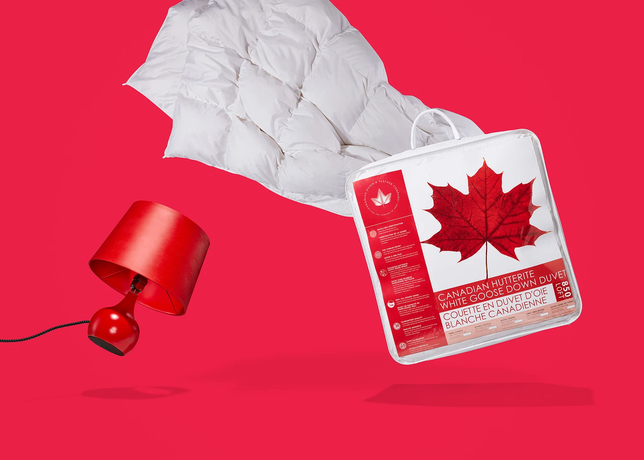
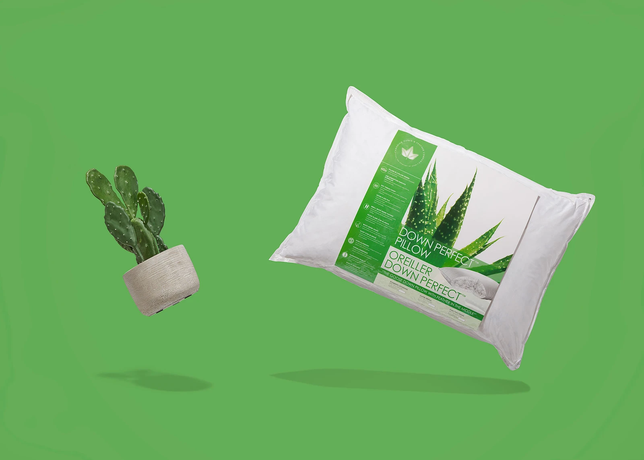
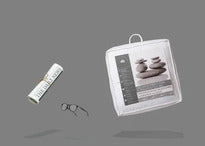
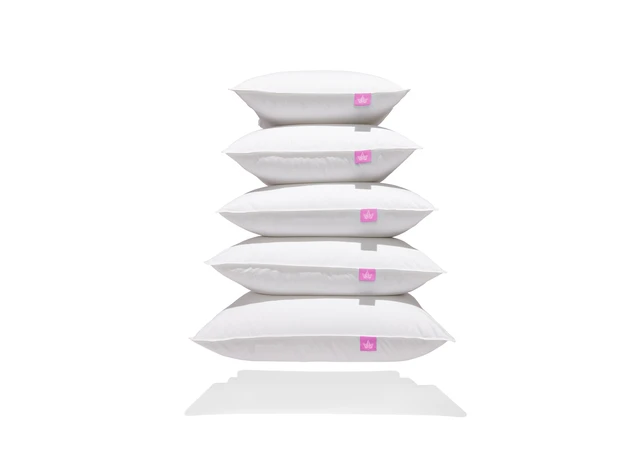
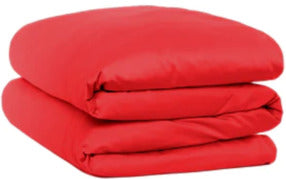
1 comment
We are enjoying our goose down duvet very much and living in North Carolina have found the regular weight for winter here to be ideal for us. We like the room cool at night approx 55 to 60 F maximum and this duvet is super. I would like to commend you on the duvet covers with the tabs for fixing the duvet in place and the excellent zipper for enclosing the duvet. The Canadian tags on the zipper and small badge on the side were beautiful touches so we are delighted with our purchase.
Arthur Matthews
Leave a comment
This site is protected by reCAPTCHA and the Google Privacy Policy and Terms of Service apply.